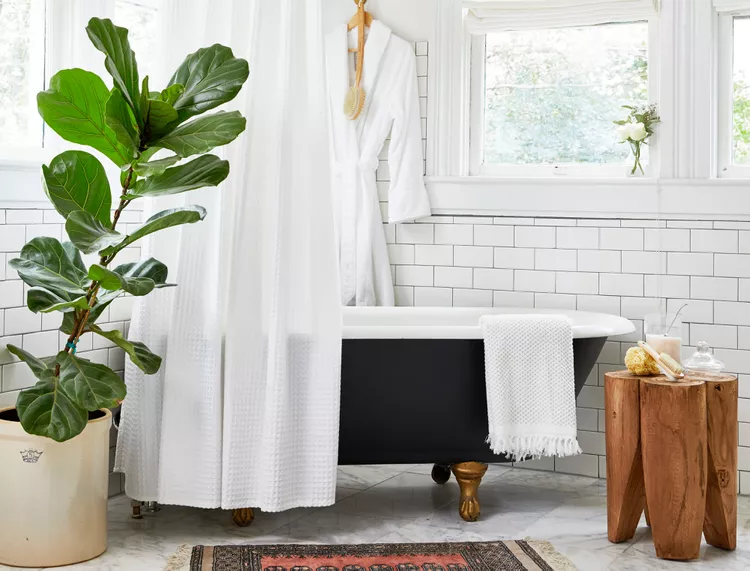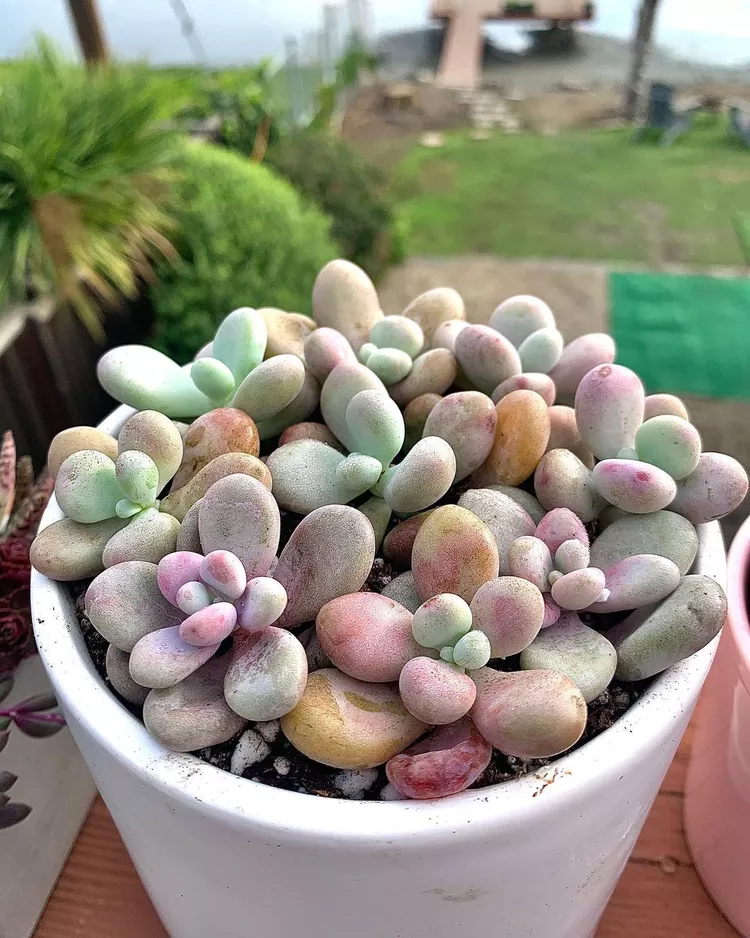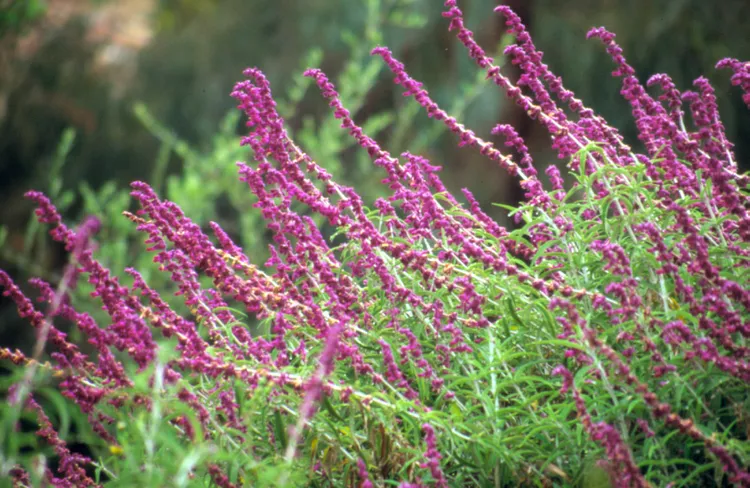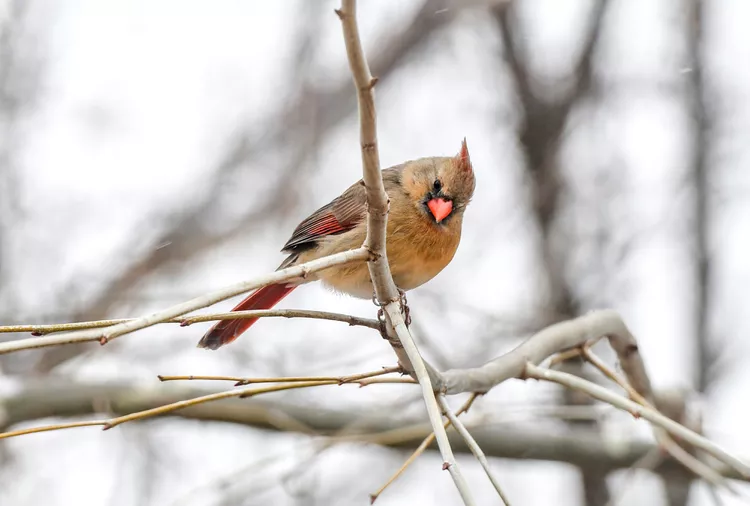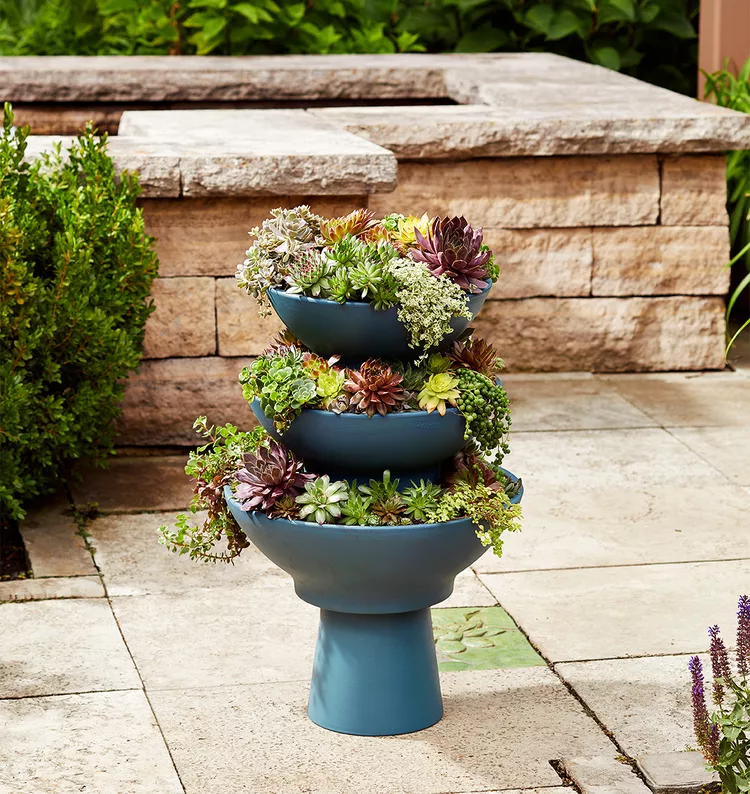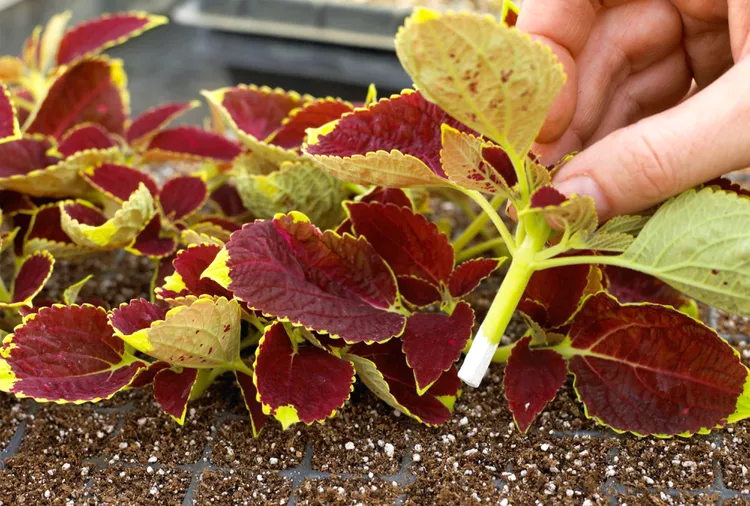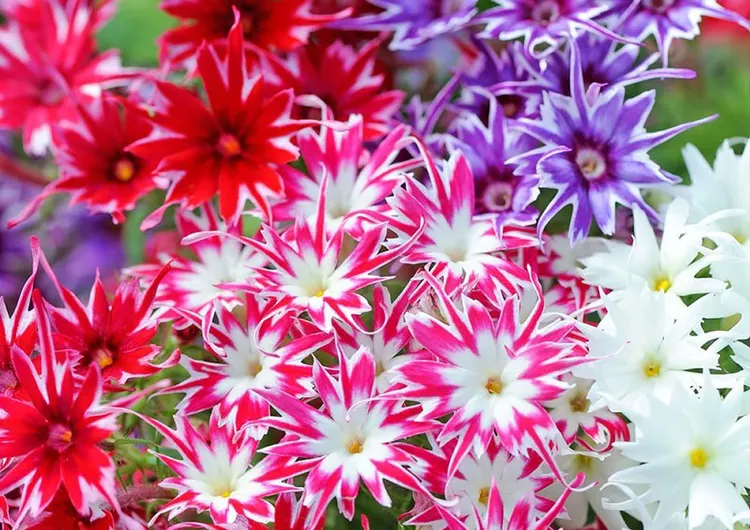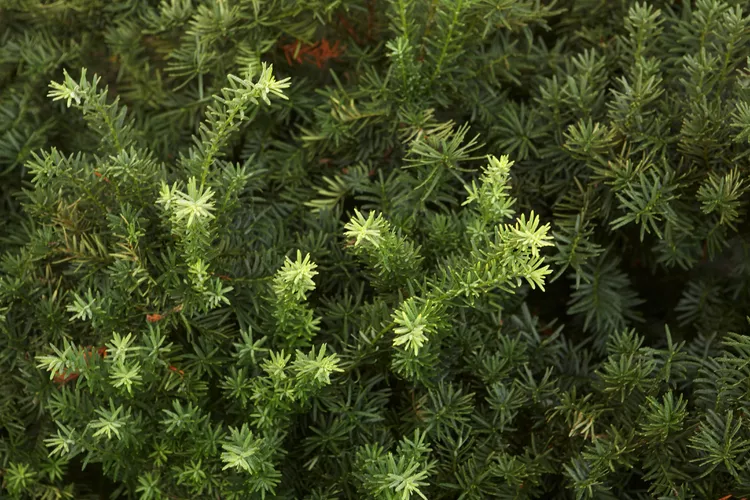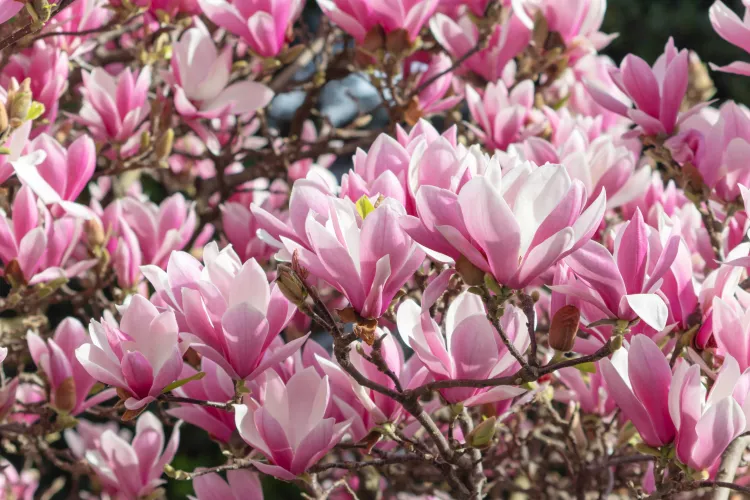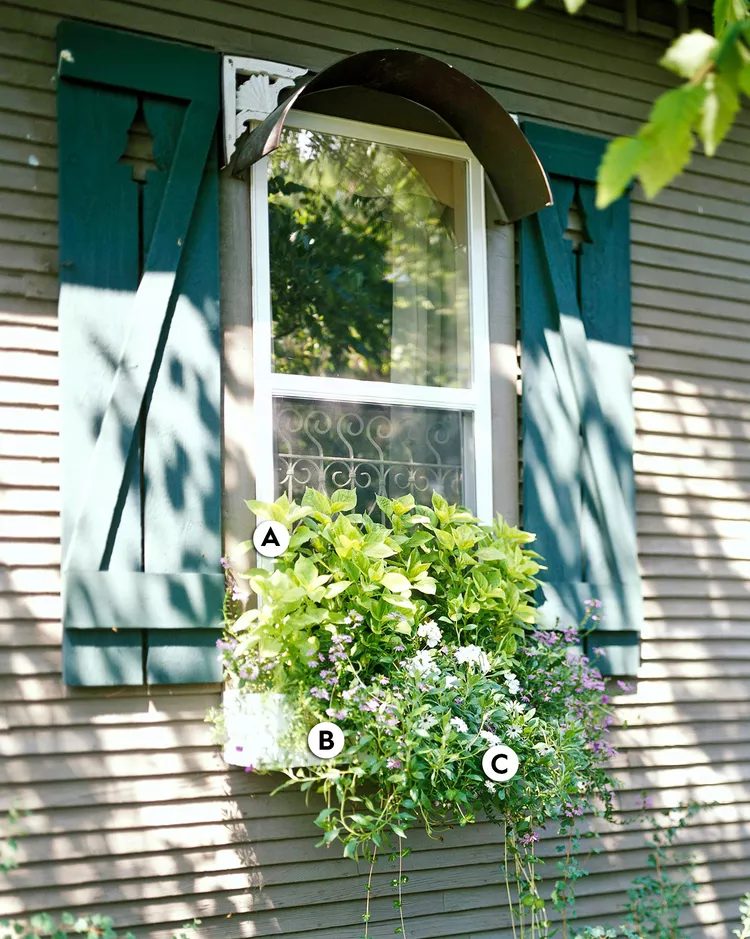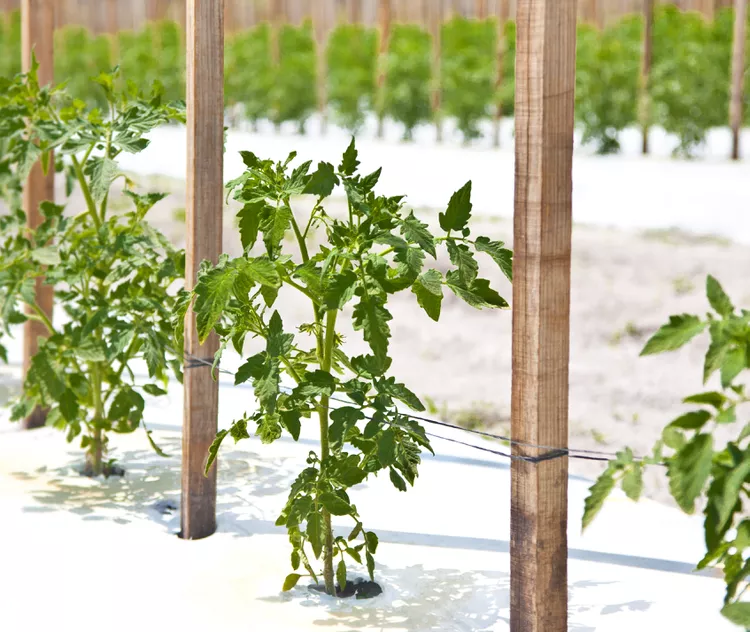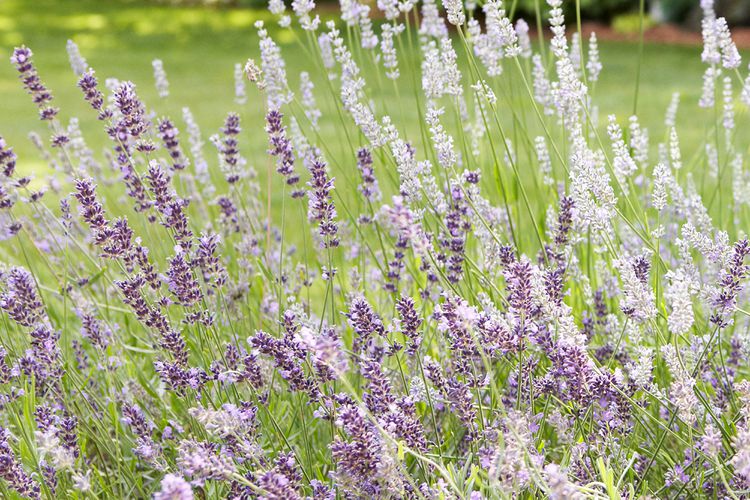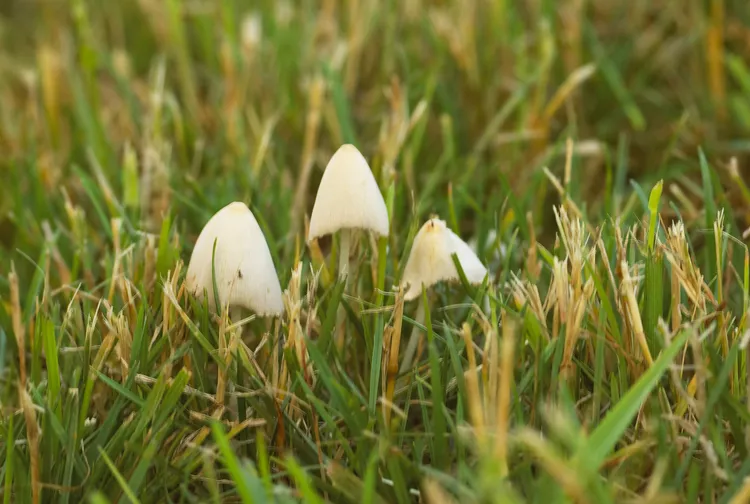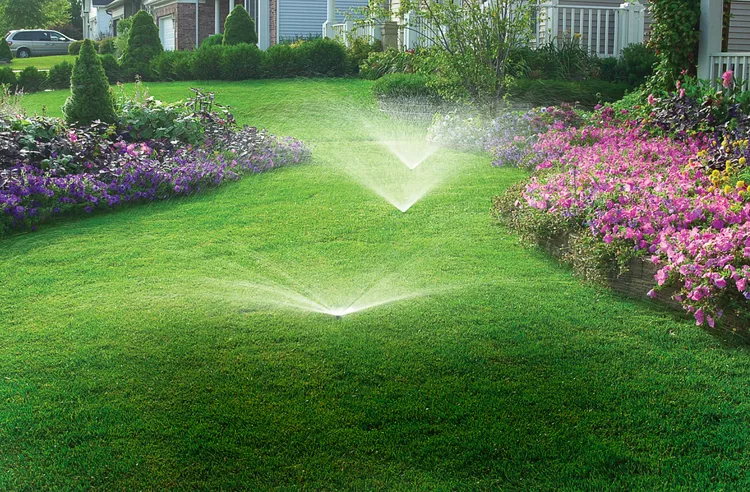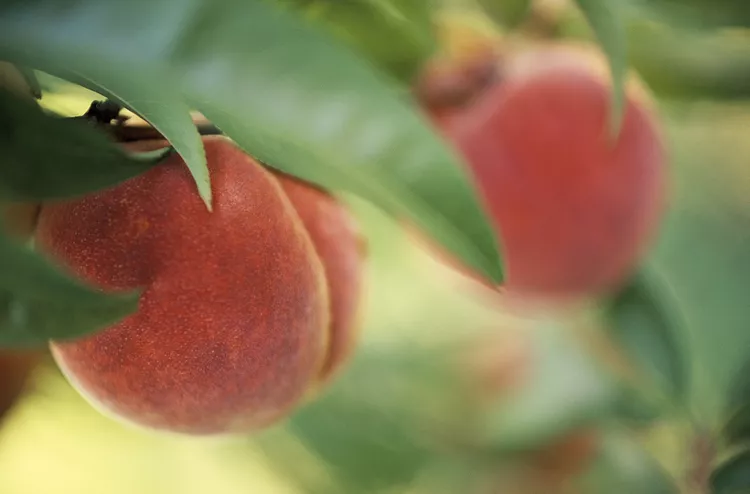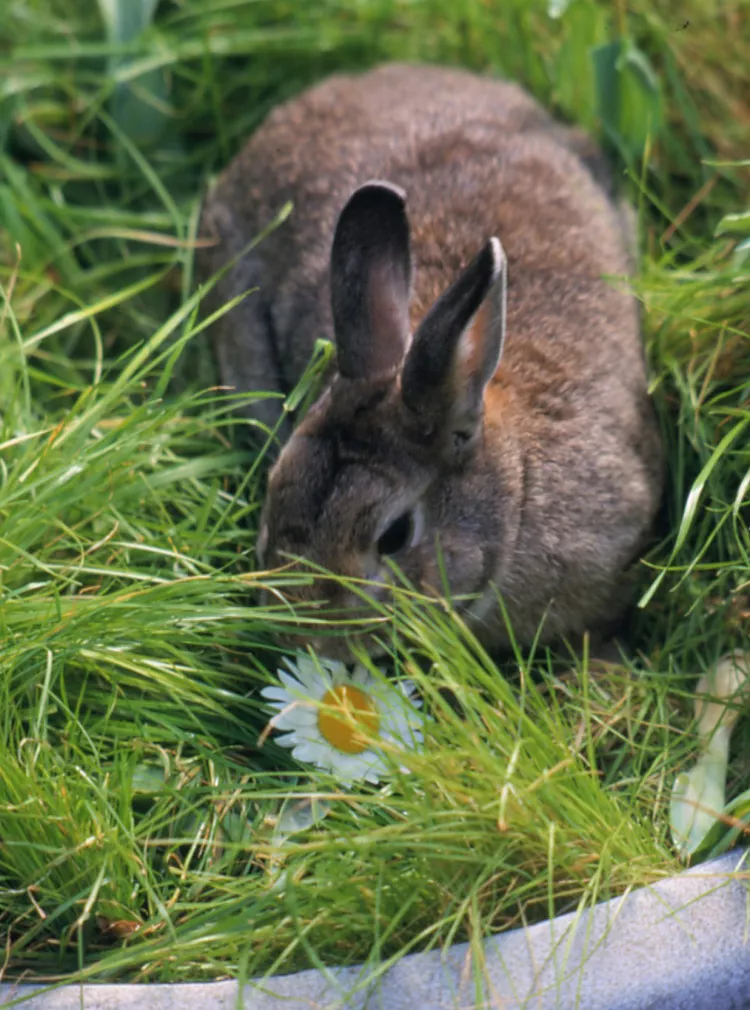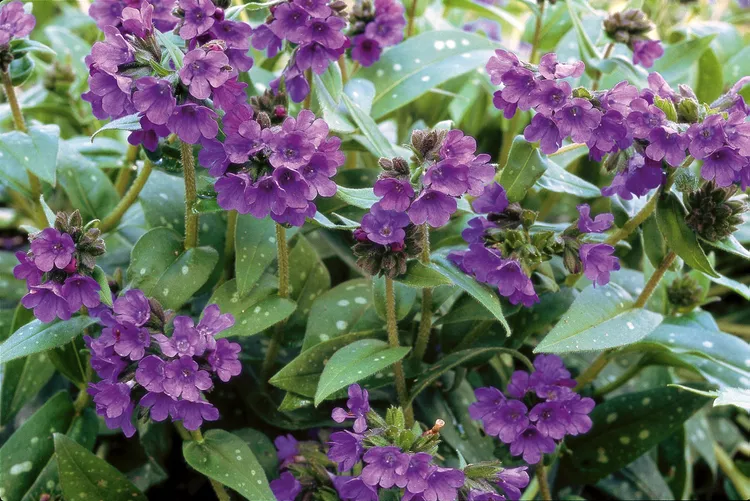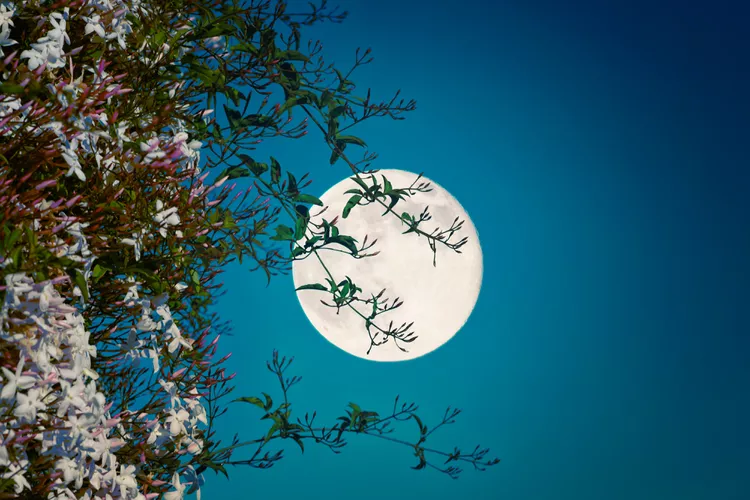Despite this popular plant's somewhat fussy reputation, it's fairly easy to propagate fiddle-leaf figs from cuttings. Plus it's a great way to use any pieces you prune off as you shape the tree, turning one houseplant into several more for free. So grab your beloved FLF, and use the following step-by-step guide to learn how to propagate fiddle-leaf figs from cuttings in water or soil.
Fiddle-Leaf Fig Propagation Tips
- Keep things clean. Always start with clean, sterilized tools to avoid introducing plant diseases.
- Take cuttings from healthy, vigorous plants. While it’s tempting to try to save something from a dying plant, using cuttings from plants on their way out can yield low success rates. If you’re new to propagation, give yourself the best chance and use healthy stock.
- Use the right tool. Fiddle-leaf figs can get woody, and snipping off a larger stem requires a sharp tool with some heft. Don’t try to muscle through a thick stem with scissors or a dull pruner, because you can crush the stem when you want a clean, surgical cut.
- Use rooting hormone. While some fiddle-leaf fig cuttings will root without it, a little rooting hormone will increase your chances of success.
- Take cuttings in spring and summer. During this time when fiddle leaf-figs naturally are actively growing, the hormones that trigger growth in the plant are already present. Use that to your advantage. Trying to propagate plants during the off season when they are dormant can be difficult.
- Provide light. Fiddle-leaf figs enjoy bright but indirect light, and that’s true even of cuttings. Keeping a cutting in poor light is equivalent to starving it.
How to Take Fiddle-Leaf Fig Cuttings
If you’re pruning your fiddle-leaf fig for aesthetic shaping, make use of whatever material you remove. When taking a cutting specifically to propagate, look for one that is actively growing. It doesn’t have to be from the large central stem. Cuttings with smaller side stems work well, too, and can be easier to manage.
Materials and Tools
- Sharp pruners
- Rooting hormone
- Propagation container (glass jar or pot)
- Fresh potting mix (if propagating in soil)
- Clean, chlorine-free water
Taking Cuttings
Select the stem(s) you want to use as a cutting, then cut just below a node (the bump where a leaf is attached). Trim cuttings at a 45-degree angle to provide the largest amount of surface area for rooting hormone to adhere and new roots to form. Make sure each cutting has at least one leaf and a short piece of stem. On larger cuttings, remove all but 1-2 leaves at the top. Grasp leaves where the leaf stalk attaches to the stem and snap them off. The wound will scab over quickly.
Fiddle-leaf figs have a milky, white sap that can irritate some people's skin. A thin pair of gloves will protect your hands from any sap.
How to Propagate Fiddle-Leaf Fig Cuttings in Water
Rooting fiddle-leaf fig cuttings in water works well for larger stems and is a great way to watch their progress. You can actually see the little white roots form that way.
Step 1: Prepare a Vessel
Select a tall vase or container with a heavy bottom: you don’t want the top-heavy cutting to tip the jar over. Fill the vessel with room-temperature water. Let your water sit on the counter for 24 hours if it is treated. The chlorine will dissipate, and the water will be ready for your cuttings.
Step 2: Place Cuttings in Water
Dip the cuttings in rooting hormone or add a liquid rooting hormone to the water. Place your cuttings in the water. Several small cuttings can share the same container.
Step 3: Care for the Cuttings
Once you've placed the cuttings in water, move the container to a warm spot with bright but indirect light. You’ll see white roots forming at the base in a few weeks. Once you have several roots an inch long, the rooted cutting is ready to move into a pot.
Step 4: Transplant Cuttings
Transplant your cutting, ensuring the new pot has good drainage. Use a high-quality potting mix and moisten it. While mature fiddle-leaf figs are prone to root rot in overly moist soil, the small roots on your cutting benefit from a bit more moisture than you’d typically provide to a fiddle-leaf fig.
How to Propagate Fiddle-Leaf Fig Cuttings in Soil
Propagating small cuttings directly into a moist potting mix works well. It avoids the shock of eventually transplanting a water-rooted cutting into the soil.
Step 1: Take Cuttings
Take cuttings from your original fiddle-leaf fig plant. Trim all but one or two leaves off. Dip the freshly cut end of the cutting in the rooting hormone. General-purpose strength works well.
Step 2: Prepare Soil
Once your cuttings are prepared, ensure the potting mix is slightly moist. Use a pencil to poke a hole in the mix and carefully stick the cutting into it so you don't knock off the rooting powder. At least one node needs to be buried because that it where roots will develop. Use your fingers to firm up the soil around the stem.
Step 3: Place in Indirect Light and Wait for Roots
Move the cuttings to a spot with bright but indirect light. In 1-2 months, you can check progress by giving the stem a gentle tug. If there’s resistance, your cutting is beginning to root. Let it grow roots for another month or two, then transfer it to a larger pot.
Fiddle-Leaf Fig Care Tips
Once your fiddle-leaf fig cutting has been transplanted, water it regularly. Allow the soil to dry out slightly between waterings, and use your finger to test soil moisture.
Keep your new fiddle-leaf fig in a spot with bright, indirect light, and provide a slow-release fertilizer during the spring and summer growing period. When it’s time to pot it up, choose a container that is only one size larger. Soon, it will be large enough to take cuttings from and start the cycle again.
